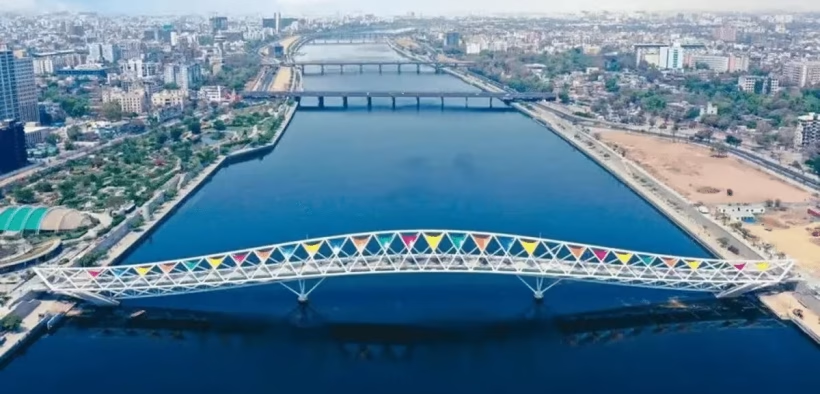In the Swachh Survekshan 2024 rankings—India’s annual urban cleanliness survey—Ahmedabad has been officially declared the cleanest city in the country, while Bhopal secured the second rank and Lucknow made headlines by soaring from 44th place to an impressive third position.
Advertisements

Ahmedabad’s ascension to the top is particularly noteworthy, as it climbed from fifth place in the previous year to secured the premier rank in 2024, as announced recently . Meanwhile, Bhopal, which had been ranked fifth in the previous survey, rose to become the second cleanest city in the nation .
Perhaps the most extraordinary achievement is Lucknow’s leap: from 44th in the prior ranking to third in 2024. This dramatic improvement has been attributed to a combination of effective waste management, ward-level cleanliness drives, public participation in waste segregation, digital monitoring, and broader awareness campaigns led by the Lucknow Municipal Corporation.
The official awards ceremony honoring these cities is scheduled for July 17, 2025, at Rashtrapati Bhavan in New Delhi, where President Draupadi Murmu will felicitate the top performers. All three municipalities—Ahmedabad, Bhopal, and Lucknow—will be recognized at the event.
Significantly, this year’s rankings excluded perennial top performers—Indore, Surat, and Navi Mumbai—from the main evaluation. They were placed in a special ‘Super Cleanliness League’, established by the Ministry of Housing and Urban Affairs to spotlight consistent high performers separately and to allow other cities a chance to be acknowledged in the general competition.
These results reflect growing momentum in India’s urban cleanliness efforts, combining municipal leadership with citizen participation. Ahmedabad’s steady investment in sanitation infrastructure, Bhopal’s citizen-driven cleanliness programs, and Lucknow’s rapid transformation highlight the evolving approach toward sustainable urban sanitation.
As India pushes forward with the Swachh Bharat Mission, these cities offer successful models for other municipalities seeking to improve public health, hygiene, and urban livability.

